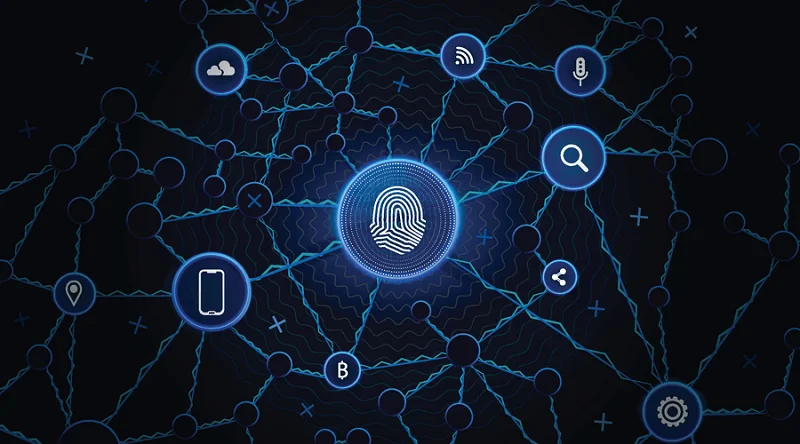Hopefully, this will guide you in the process of choosing the right one for your organization or software project. However, the responsibility for ensuring new applications and services are monitored continuous integration monitoring properly should be delegated to developers. In fact, products should not be considered feature complete or ”production ready” without making sure they are observable and monitorable.

A healthy pipeline is one that allows your team to write, build, test, and deploy code and configuration changes into the production environment on a continuous basis. Continuous deployment as well as continuous delivery is the process of constant delivery of software to the customer. The difference is, in continuous delivery, developers will make a final decision on when they need to deploy the code. While in continuous deployment, pipelines deploy code automatically and constantly.
Automation in continuous monitoring and observability
With 30+ programming languages supported, Codacy is priced at $15 per month, when deployed in the cloud. Most of the tools present a toolset to track logs and run automated code tests. Nagios is also an agent-based monitoring tool that runs on a server as a service. The agents are assigned to the objects you want to monitor, and Nagios runs plugins that reside on the same server to extract metrics. The plugins in this case are scripts that run once in a while, monitoring the system. Containers ensure the lightweight system for microservices, keeping each component encapsulated and easy to orchestrate.

Building the release is easy as all integration issues have been solved early. Continuous integration puts a great emphasis on testing automation to check that the application is not broken whenever new commits are integrated into the main branch. We must not forget that each type of monitoring is applied to a specific purpose, dependent on the nature of the service, one or more monitoring types can be implemented, for this, we must have a criterion and a good planning. SmartBear released Swagger open source tooling support for the latest version of the OpenAPI Specification, OAS 3.1.
Datadog has been recognized as a Leader in the Gartner® Magic Quadrant™ for APM and Observability
You need a continuous integration server that can monitor the main repository and run the tests automatically for every new commits pushed. In theory, with continuous delivery, you can decide to release daily, weekly, fortnightly, or whatever suits your business requirements. However, if you truly want to get the benefits of continuous delivery, you should deploy to production as early as possible to make sure that you release small batches that are easy to troubleshoot in case of a problem. Network monitoring tracks and monitors the performance and availability of the computer network and its components such as firewalls, servers, routers, switches, and virtual machines . Typically, the network monitoring systems share five important data points, namely, discover, map, monitor, alert, and report. Networking monitoring helps identify network faults, measure its performance, and optimize its availability.

This website is using a security service to protect itself from online attacks. There are several actions that could trigger this block including submitting a certain word or phrase, a SQL command or malformed data. The views expressed on this blog are those of the author and do not necessarily reflect the views of New Relic. Any solutions offered by the author are environment-specific and not part of the commercial solutions or support offered by New Relic. Please join us exclusively at the Explorers Hub (discuss.newrelic.com) for questions and support related to this blog post.
Continuous delivery
As it is cloud hosted, Travis CI doesn’t need any server, but there is an enterprise version configured for on premise implementation. These apps represent project management tools stuffed with all the standard features for task management, time tracking, planning, invoicing, chatting, etc. We’ll do a brief overview of the specific features and available integrations.
- The CI/CD pipeline is a sequence of processes that includes all stages of the CI/CD process from the beginning and is responsible for automating and integrating software delivery.
- To see the effects of continuous integration and delivery for DevOps in practice, watch how Dynatrace enabled the creation of an automated, integrated application delivery pipeline for a major telecom firm.
- In the simplest terms, a cloud platform is a set of tools and software that allows the creation and hosting of an app in the cloud.
- These apps represent project management tools stuffed with all the standard features for task management, time tracking, planning, invoicing, chatting, etc.
- It is important to note that, observability should be integrated throughout the pipeline, from development to production, to ensure that any issues can be identified and resolved quickly and effectively.
Splunk can ingest data from a wide range of sources, including logs, metrics, and events generated by CI/CD pipeline tools and processes. Datadog is a cloud-based observability, security, and performance monitoring service for cloud-scale applications. Datadog was named Leader in the 2022 Gartner Magic Quadrant for Application Performance Monitoring and Observability. Datadog CI visibility provides real-time visibility into your organization’s CI/CD workflows.
User login
Once you’ve made a change, it’s good practice to keep monitoring the relevant metrics to verify whether they had the intended effect. A low change failure rate should give you confidence in your pipeline; it indicates that the earlier stages of the pipeline are doing their job and catching most defects before your code is deployed to production. It extends to every aspect of software development, from the product or service that you’re building to your organization’s culture and processes.

DevOps at its core relies on automation as a major approach to testing, deployment, infrastructure configuration, and other tasks. Understanding tooling will help you set up the process for the DevOps team in the right way. In this article, we’ll discuss the categories of tools existing for DevOps and look at instruments for continuous delivery/integration, testing, monitoring, collaboration, code management, and more. If you know the basics, feel free to skip the first section and jump right into the DevOps tools section. To use Azure Pipelines, you need an Azure DevOps organization or a GitHub repository.
Metrics That Can Be Measured through Your CI Pipelines
You need a strong foundation in continuous integration and your test suite needs to cover enough of your codebase. Less bugs get shipped to production as regressions are captured early by the automated tests. Your team will need to write automated tests for each new feature, improvement or bug fix. The differences between monitoring and observability depend on whether the data collected is predefined or not. While monitoring collects and analyses predefined data gleaned from individual systems, observability collects all data produced by all IT systems.

Laissez un commentaire